We are building an Easy Cat “Sarah”. These boats are designed by Peter Snell, who has been building multihulls for decades.
Our decision to build one of these followed our viewing of Sarah #1, which was built by Peter and Anne Snell as their personal boat. It was recently sold, and these photos were used in the marketing for that sale.
Obviously, they are more experienced than we are, so this is the benchmark that we hope to achieve in our build.

The profile of "Sarah", taken during its voyage to New Caledonia

Cockpit, at the back of the boat.
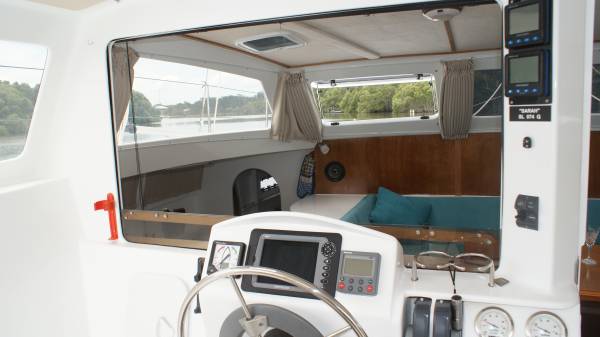
From the helm, the view, looking forward through the saloon
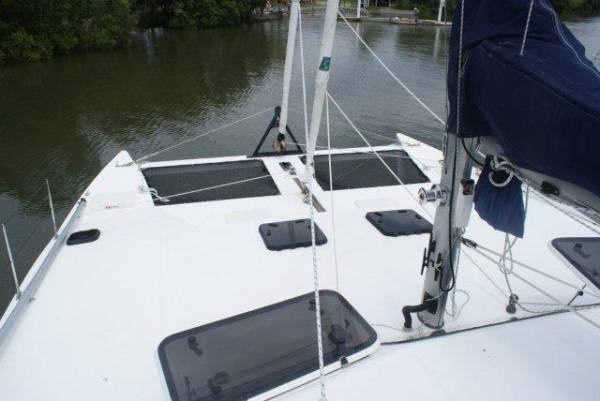
The forward deck
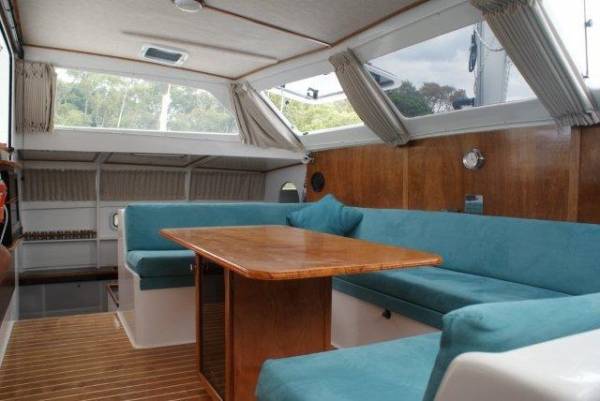
The saloon, looking from the starboard hull across to the galley in the port hull

From the last photo, turn left to see this view of the head. The head is large enough for a washing machine and shower

and then looking forward, here is the nav station, and through to the main cabin and wardrobe
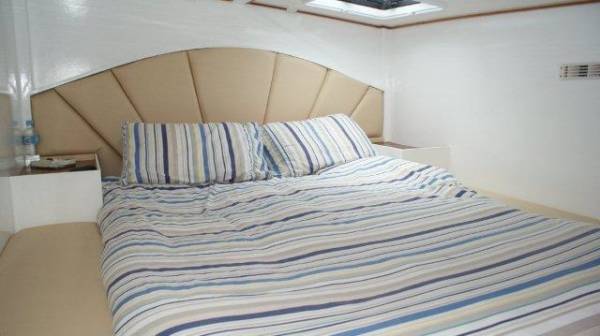
The bed in the main cabin. Behind the bedhead is another bed in the other hull.
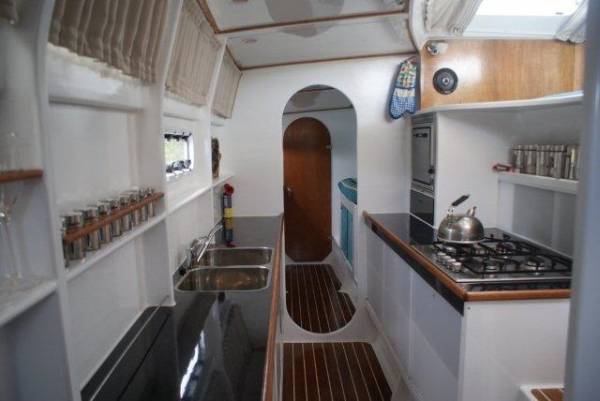
Opposite to the nav station, in the port hull, is the galley

On this boat, the galley has extended to the aft end of the accomodations











SeeBeeZee looks very much the same as mine. (Sarah 23)
Hi C and B,
Great to See your boat growing.. I have sarah Plans Nr 27 and started with the first hull. I am living in Switzerland but building the boat in the Philippines.
Did you consider to use a taller rig or do you go on with the rig according to plan?
Cheers roland
Hi Roland
I have been following your progress over at http://diy-yachts.com/forum/viewtopic.php?f=23&t=755 before we even started! Nice to hear from you.
Your model provided me some early insight into the construction, and I thought about making one myself, too.
We had considered a number of options with the rig, but a phone conversation with Peter convinced me to stick to the plan. Peter is a sailor, and tells me that they avoids motoring, and has no issues about sailing in light airs. I’ve had much experience with a cutter rig on a monohull in the past, and it sounds like the variations that come with that sail plan works well on Peter’s boats.
I noticed that we both made a similar variation in the sheeting of the hulls. You used a single sheet from the bottom of the stem up to the upper chine. I used a single sheet all the way from the bottom of the stem right up to the sheer. Compared to the standard method, this made the shaping of the bow much easier (better than dealing with all the end-grain plywood). Now that we are almost finished with the glue, that all seems so long ago!